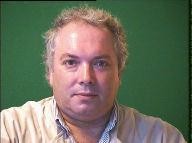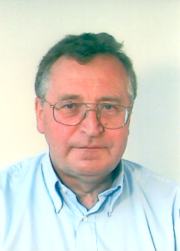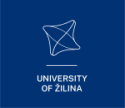
|
|
Invited Speakers

|
José Neves University of Minho Department of Informatics Campus de Gualtar Campus de Gualtar, 4710 - 057 Braga, Portugal  Tel.: +351 253604466 Tel.: +351 253604466 Fax: +351 253604471 Fax: +351 253604471 Email: jneves@di.uminho.pt Email: jneves@di.uminho.pt
|
Evolutionary Intelligence in Agent Modeling
In the field of Artificial Intelligence, different kind of problems have been addressed so far, namely the analyze and development of intelligent systems, however, all of them suffer from a severe drawback: its terms and objectives must be well defined and cannot be changed. In fact, an intelligent system should be able to adapt to new and unpredictable environments and learn for themselves how to decide what to do. In this sense, these studies have only been able to build computers and systems that represent a type of mapping of some intelligent behavior borough from the human beings in a well-specified domain. In this talk we address the role of modeling creativity in Artificial Intelligence using a Genetic or Evolutionary approach to computation, where the universe of discourse is described in terms of logic functions, here expressed as productions in an extension to the language of Logic Programming. Using evolution the candidate solutions are seen as evolutionary logic programs or theories, being the test whether a solution is optimal based on a measure of the quality-of-information carried out by those logical theories or programs. With the modulation of these type of systems, we be able to build a dynamic virtual world of complex and interacting entities, here materialized as evolutionary programs, that allows to get the best logical theory, and consequently the best modulation of the system for the problem in observation.

|
André Gagalowicz Projet MIRAGES INRIA - Rocquencourt Domaine de Voluceau Le Chesnay Cedex, France |
Faithful digital 3D reconstruction of large cities using Computer Vision/Computer Graphics collaboration techniques
In this presentation will be described the scope and specificity of the research laboratory. Then the TERRA NUMERICA French Competitivity Network and the scope of its research activity in the domain of the 3D representation of ILE DE FRANCE will be presented. Then we will look at the application of our strategy in order to obtain very compact representations from enormous input data made available from some of our partners. These comparative representations should make them usable for the various foreseen services which will be developed from TERRA NUMERICA.
Finally, some intermediate results are shown regarding the creation of 3D polyhedral representations from aerial photos as well as our first results on the 2D and 3D analysis/synthesis of rectified images of facades obtained from the ground by vehicles. As a conclusion will be given the perspectives of the extension of this research.










